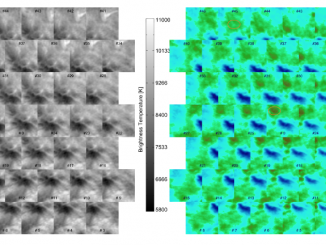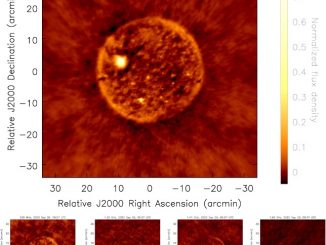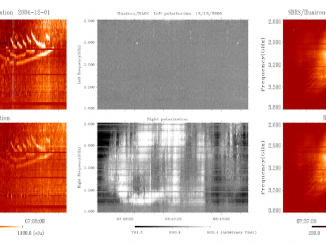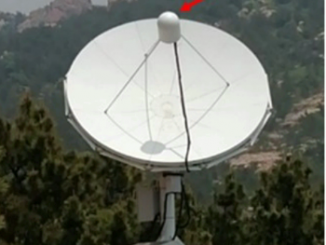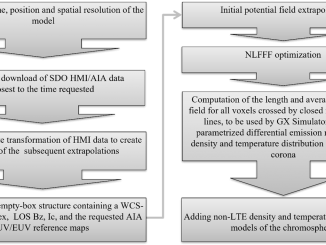Generation of Series of Meter/Decimeter III type Bursts During Thermal Phase of Solar Flare by Meshalkina and Altyntsev
It has been established that decimeter type III bursts are generated in the upper corona by electron beams. However, many questions remain about their sources to this day. Some were associated with the jets generated by regular solar flares, but most were found to be associated with weak energy release events. The purpose of this work is to determine the relationship of meter and decimeter III type bursts with the […]


